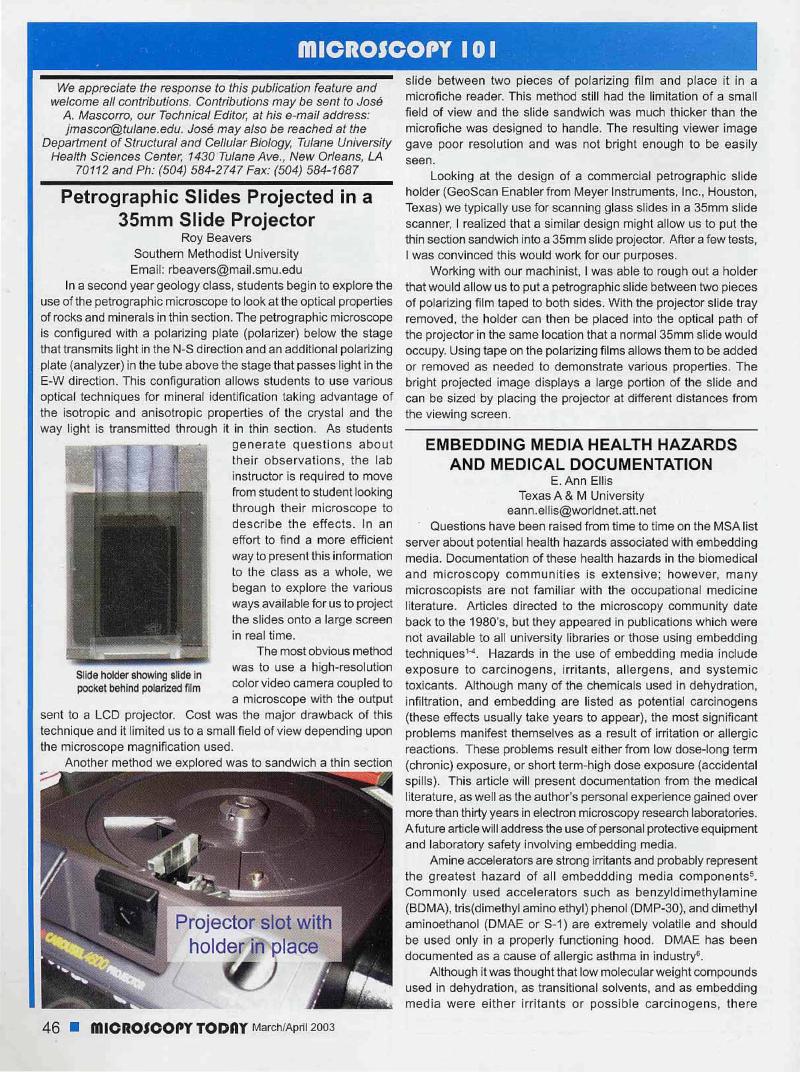Crossref Citations
This article has been cited by the following publications. This list is generated based on data provided by Crossref.
Ann Ellis, E
2006.
Solutions to the Problem of Substitution of ERL 4221 for Vinyl Cyclohexene Dioxide in Spurr Low Viscosity Embedding Formulations.
Microscopy Today,
Vol. 14,
Issue. 4,
p.
32.
Ellis, E. Ann
2016.
Quetol 651: Not just a low viscosity resin.
Microscopy Research and Technique,
Vol. 79,
Issue. 1,
p.
50.
Dobrovolsky , S.
2023.
Preparation of ground sections using UV-curable acrylic adhesives .
Biosystems Diversity,
Vol. 31,
Issue. 1,
p.
34.
Kumar, Ankur
Kumar, Vinay
Ojha, Probir Kumar
and
Roy, Kunal
2024.
Chronic aquatic toxicity assessment of diverse chemicals on Daphnia magna using QSAR and chemical read-across.
Regulatory Toxicology and Pharmacology,
Vol. 148,
Issue. ,
p.
105572.





